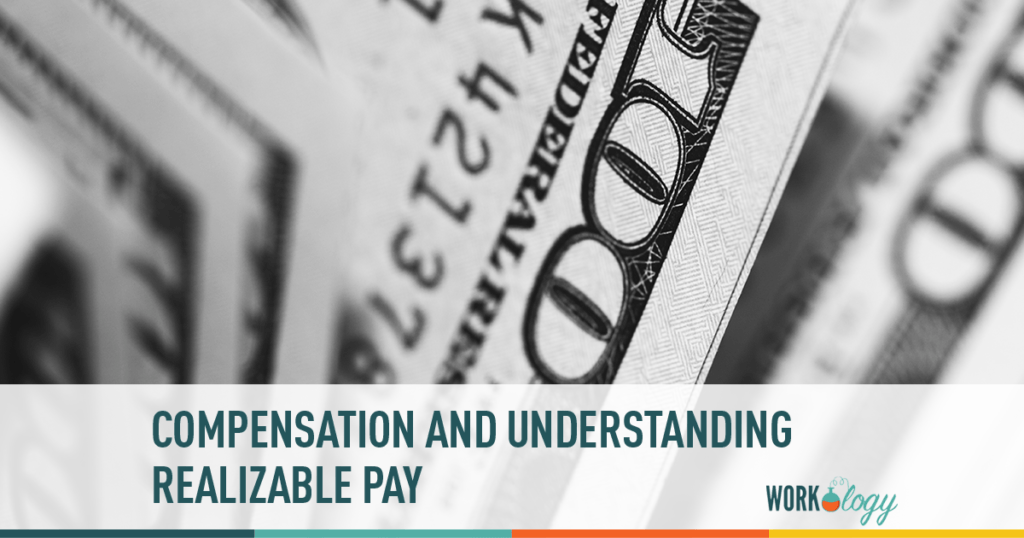Total compensation calculations were simple in the good old days. Though mistakes were still made, the calculation was largely straightforward. You would decide on your base pay for the year, add bonuses and other cash incentives, and then call it quits. This data was made available by publicly traded corporations so that investors may forecast their profits.
Compensation and Understanding Realizable Pay
Calculating compensation in today’s market has grown more difficult, and “realizable pay” has been defined as the new indicator that characterizes the final output. This metric occasionally includes the value of options that have been exercised or remuneration that has been promised in order to give a more realistic picture of total compensation and how it relates to business performance.
As the proxy season approaches, companies that are publicly traded are probably already grappling with say on pay issues. Sadly, there are significant gaps between organizations’ success and wage transparency. This is the outcome of businesses continuing to use outdated pay calculation techniques. Realizable pay is the answer to this issue since it includes the value of options and restricted stock awards when pay is finalized at the conclusion of the measurement period. Since real values are used in the measurement, it provides a more accurate picture of the compensation delivered as well as the state of the company’s performance and overall shareholder return over the award period.
Realizable pay is inclusive of all base salary amounts coupled with long-term cash incentive awards and is adjusted to meet the target level at the end of the measurement period. The total realizable value for these grants and payments includes the base salary reported for all years in the measurement period plus the bonus reported. Short-term awards are reported as non-equity incentive plan compensation for all years; long-term awards are made during the measurement period. The earned value of the award is acquired during the measurement period or at its target value if it is a component of an ongoing award cycle. Share-based awards are calculated on the basis of the company’s stock price at the end of the measurement period minus any share units forfeited due to failure to meet any shortcomings in performance. For stock options granted during the measurement period, the net value realized is calculated in respect to granted options that were also exercised during the period. For options granted but not exercised during the measurement period, the ISS recalculates the option value, using the black-Scholes option pricing model.
A torrential downpour of praise has come as a response to the development of realizable pay, and the major voices in the compensation industry have already declared it to be an excellent differentiator of pay versus performance.
Realizable pay has its flaws, but we are likely to see rapid evolution and customized versions result from this initial development. Back in February 2013, the ISS started using realizable pay during its analysis of 500 CEOs for companies where compensation policies are classified as a high or medium concern. This new approach is a long overdue change for companies that have aligned their pay with performance. A downside is that the new system may be the straw that breaks the camel’s back in the effort to get a negative say on pay vote. It’s expected that the use of realizable pay by investors and their advisors will be adopted rapidly and by companies outside of the ISS and P500.









